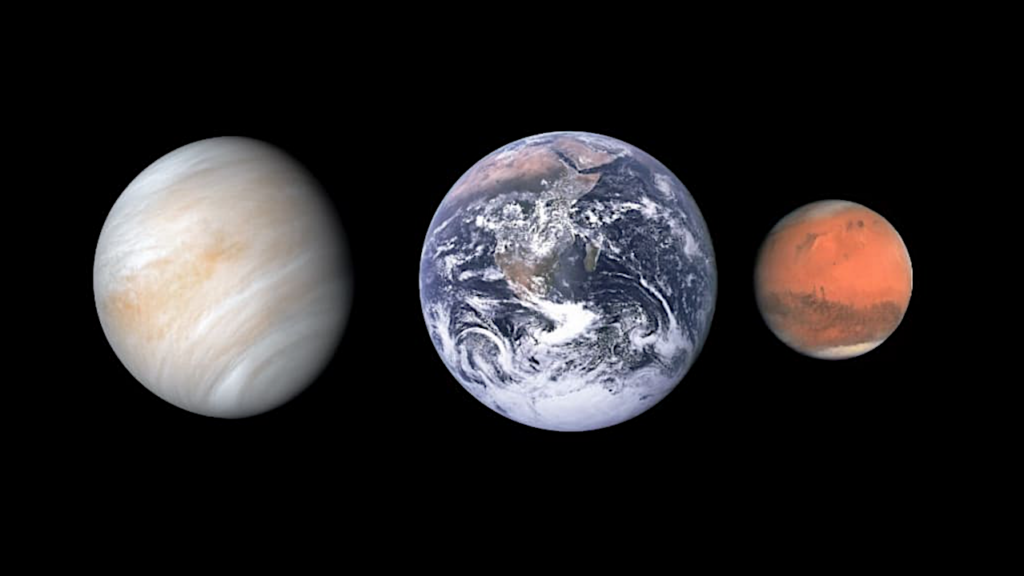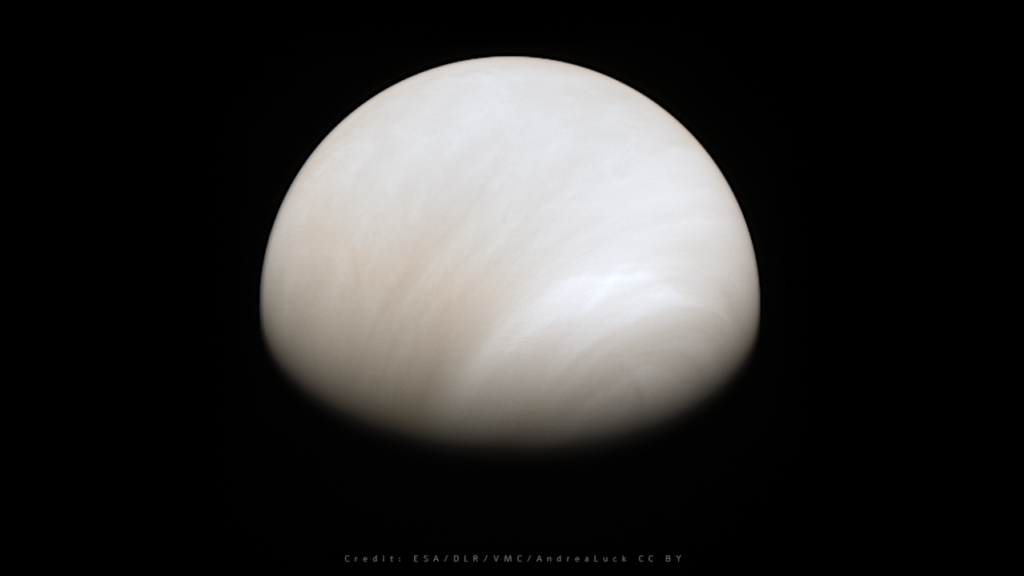Super-Earths, M Dwarfs, And Photosynthetic Organisms: Habitability In The Lab

In a few years, space telescopes will investigate our Galaxy to detect evidence of life, mainly by observing rocky planets. In the last decade, the observation of exoplanet atmospheres and the theoretical works on biosignature gasses have experienced a considerable acceleration.
The~most attractive feature of the realm of exoplanets is that 40\% of M dwarfs host super-Earths with a minimum mass between 1 and 30 Earth masses, orbital periods shorter than 50 days, and radii between those of the Earth and Neptune (1–3.8 R⊕). Moreover, the recent finding of cyanobacteria able to use far-red (FR) light for oxygenic photosynthesis due to the synthesis of chlorophylls d and f, extending in vivo light absorption up to 750\ nm, suggests the possibility of exotic photosynthesis in planets around M dwarfs.
Using innovative laboratory instrumentation, we exposed different cyanobacteria to an M dwarf star simulated irradiation, comparing their responses to those under solar and FR simulated lights.~As expected, in FR light, only the cyanobacteria able to synthesize chlorophyll d and f could grow. Surprisingly, all strains, both able or unable to use FR light, grew and photosynthesized under the M dwarf generated spectrum in a similar way to the solar light and much more efficiently than under the FR one. Our findings highlight the importance of simulating both the visible and FR light components of an M dwarf spectrum to correctly evaluate the photosynthetic performances of oxygenic organisms exposed under such an exotic light~condition.
R. Claudi, E. Alei, M. Battistuzzi, L. Cocola, M. S. Erculiani, A. C. Pozzer, B. Salasnich, D. Simionato, V. Squicciarini, L. Poletto, N. La Rocca
Comments: 19 pages, 5 Figures. Published on Life,2021, 11, 10
Subjects: Earth and Planetary Astrophysics (astro-ph.EP); Instrumentation and Methods for Astrophysics (astro-ph.IM); Biomolecules (q-bio.BM)
Journal reference: Life, 2021, 11, 10
Cite as: arXiv:2101.04448 [astro-ph.EP] (or arXiv:2101.04448v1 [astro-ph.EP] for this version)
Submission history
From: Riccardo Claudi
[v1] Tue, 12 Jan 2021 12:44:50 UTC (5,651 KB)
https://arxiv.org/abs/2101.04448
Astrobiology, Astrochemistry,








